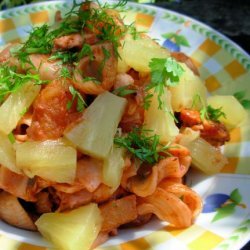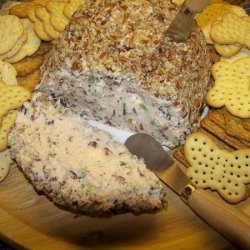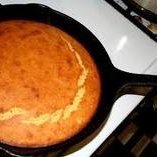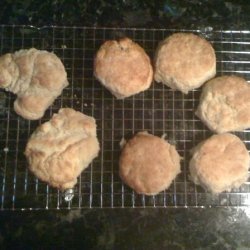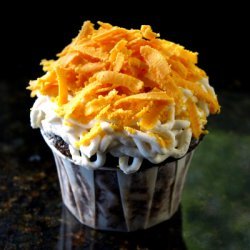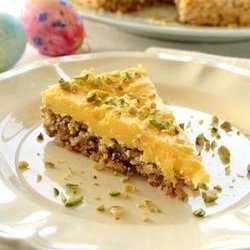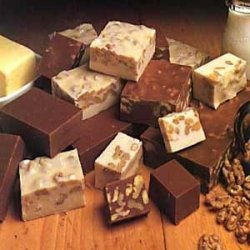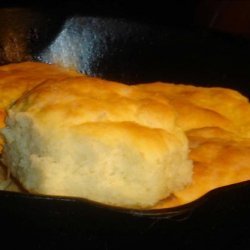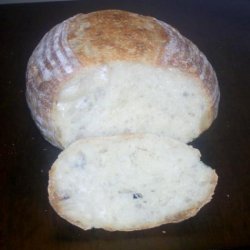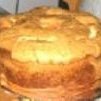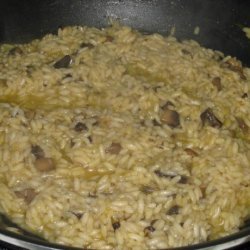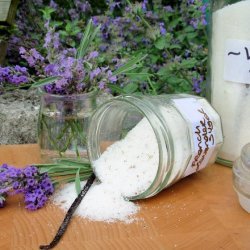Ingredients:
- foam cake savvy
- eggs separate more easily when cold but whip up better when at room temperature. separate the eggs as soon as you take them from the refrigerator, then let the whites sit out in a bowl for about 30 minutes to come to room temperature before beating them.
- if a recipe calls for whisking the eggs or egg whites over hot water, do not let the bottom of the bowl touch the water or the eggs will cook.
- be sure to use a spotlessly clean bowl and aters or whisk for ating egg whites. any spot of grease or fat (including egg yolk) will prevent the whites from expanding to their full volume.
- lift the beaters or whisk from the whites and turn them upright to determine if they have formed soft or stiff peaks. soft peaks will gently fall over onto themselves, while stiff, dry peaks will stand straight up.
- overbeating eggs will cause them to clump and look somewhat chalky, and the cake will not rise as successfully.
- before baking the cake, gently run a kitchen knife or small rubber spatula through the batter to deflate any large air bubbles.
- a foam cake is done when the top is golden and the cake springs back when gently pressed with a fingertip.
Directions:
- Butter Cake Savvy
- ======================================================
- Start with room-temperature ingredients. Eggs should be large, unless otherwise specified.
- =====================================================
- When creaming the butter with sugar, start by thoroughly creaming the butter before adding any sugar. Then beat the butter and sugar together well. Be patient; it takes several minutes of beating for the butter and sugar mixture to become light and fluffy.
- =====================================================
- When mixing eggs into the batter, add them one at a time, incorporating each fully to create an emulsion.
- =====================================================
- Combine the dry ingredients (flour, salt, baking powder) separately, whisking them 8 to 10 times before mixing them with the wet ingredients. This ensures that the salt and leavening are evenly distributed in the batter.
- =====================================================
- Butter cakes are done baking when the top is lightly browned, the edges begin to pull away from the sides of the pans, and the surface springs back when you press the center with a fingertip. Another test: Insert a toothpick, kitchen knife or cake tester into the center. It should come out clean and dry, or, as some cakes require (check your recipe), with just a few crumbs clinging to the tester, showing that the center remains a bit more moist.
- =====================================================
- Adapted from Williams-Sonoma Kitchen Companion, (Time-Life Books, 2000).
Nutrition Facts
| Amount Per 1 Serving | |||
| Calories | 0 Kcal (0 kJ) | ||
| Calories from fat | 0 Kcal | ||
| % Daily Value* | |||
| Total Fat | 0g | 0% | |
|---|---|---|---|
| Amount Per 100 g | |||
| Calories | 0 Kcal (0 kJ) | ||
| Calories from fat | 0 Kcal | ||
| % Daily Value* | |||
| Total Fat | 0g | 0% | |
|---|---|---|---|
* Percent Daily Values are based on a 2000 calorie diet. Your daily values may be higher or lower depending on your calorie needs.
Find out how many calories should you eat.
Get Your Recipe of Health!
Follow RecipeOfHealth on Facebook!


